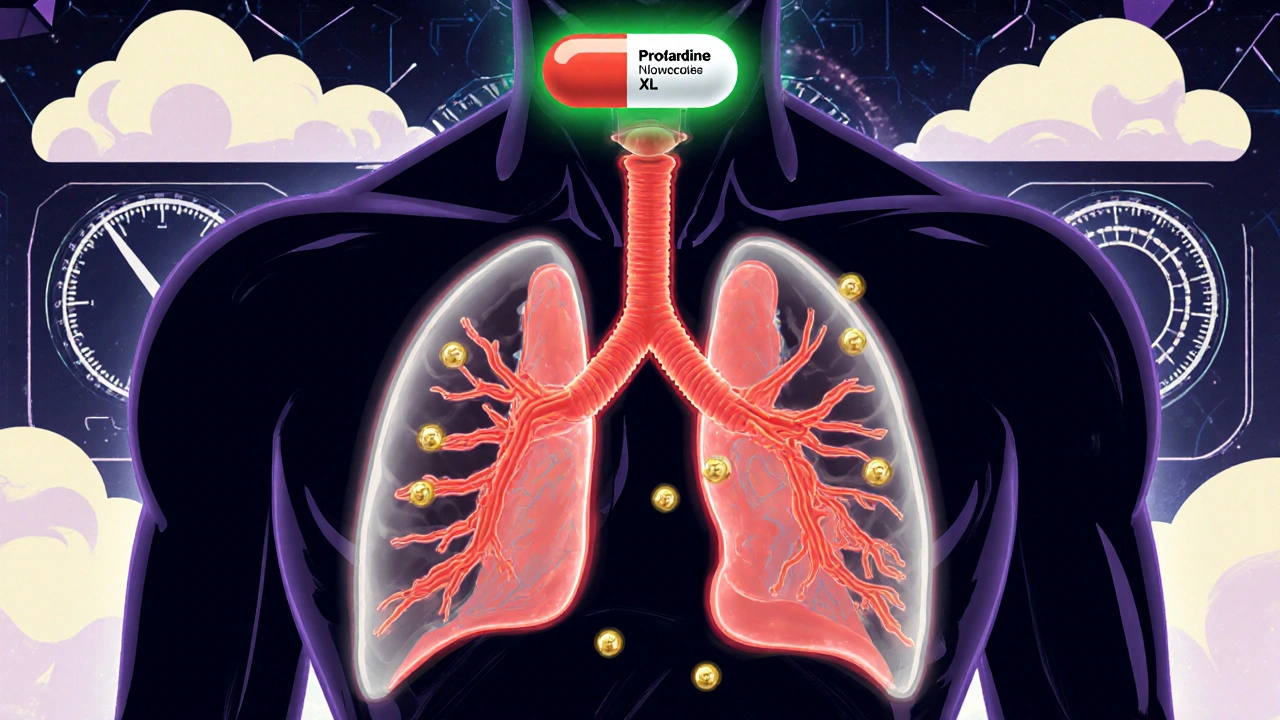Asthma: Rescue vs Controller Inhalers and Practical Tips
Ever grabbed your inhaler and wondered if it’s the best choice? This page pulls together clear, practical info on managing asthma, how different inhalers work, and where to find safe alternatives. Use this as a quick reference and then check the linked guides for deeper help.
Asthma care usually sits in two buckets: quick-relief (rescue) medicines and long-term (controller) medicines. Rescue inhalers like generic albuterol or ProAir stop tightness fast. Controllers — inhaled corticosteroids or combination inhalers such as Symbicort, Advair, or Breo Ellipta — reduce inflammation and cut down flare-ups over time.
Quick inhaler guide
If you rely on a rescue inhaler, know how to use it right. Sit up, exhale fully, tilt your head slightly, press and inhale slowly, then hold your breath for 5–10 seconds. Use a spacer if you have trouble coordinating the spray.
Thinking about switching brands? Our posts “ProAir Alternatives 2025” and “10 Effective Alternatives to Symbicort for Asthma and COPD Management” compare options like generic albuterol, Breo, Dulera, and Advair. Those articles list pros, cons, and what to discuss with your doctor so you don’t guess—you make an informed choice.
Controller inhalers need daily use. Missing doses can let inflammation rebuild quietly. If symptoms keep happening despite proper use, ask your clinician about stepping up treatment or checking for triggers like allergies, smoke, or reflux.
When to act and when to seek urgent care
Use your action plan. If you don’t have one, ask your provider for a written plan that says when to increase medicines, when to use rescue doses, and when to call for help. Warning signs that need urgent care: trouble talking, blue lips or nails, breathing faster than usual, or rescue inhaler gives little relief.
For milder trouble, increase rescue doses as your plan says, sit upright, loosen tight clothing, and avoid known triggers. If you need the rescue inhaler more than twice a week for symptoms, your asthma likely isn’t well controlled and the controller plan should change.
Use tools like peak flow meters to watch trends. A dropping peak flow often shows a flare before you feel it. Track symptoms, refill dates, and inhaler technique so your next clinic visit is focused and useful.
Want specific product comparisons? Read our guides on ProAir alternatives and Symbicort alternatives to see side-by-side pros and cons, cost tips, and safety notes. You’ll find clear info to discuss with your doctor or pharmacist.
Asthma care is practical: good routine medicine use, correct inhaler technique, a simple action plan, and clear triggers to avoid. Follow those basics and use our detailed guides when you need to compare inhalers or consider a change.

Nifedipine and Asthma: Can You Safely Take This Blood Pressure Med if You Have Breathing Issues?
Nifedipine is generally safe for people with asthma. Unlike beta-blockers, it doesn't tighten airways. Learn how it works, who should be cautious, and what alternatives exist for managing high blood pressure with breathing problems.

Albuterol Inhalers: Quick Relief and Smart Use for Asthma and COPD
Everything you need to know about albuterol, from how it eases asthma and COPD symptoms to best-use tips and real-life advice. Find out how this common rescue inhaler works, who needs it, plus how to use it safely and effectively. Learn practical details for adults and kids—including when it's time to see a doctor. Perfect for anyone who wants clear, honest answers without medical jargon.
